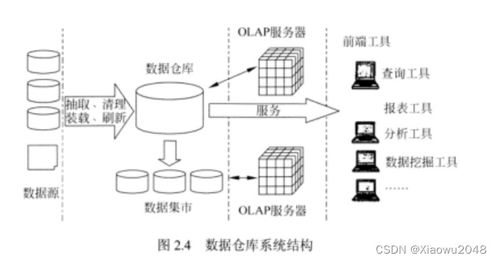Understanding Veracity in Big Data
Introduction to Veracity in Big Data
In the realm of big data, the term "veracity" refers to the accuracy, reliability, and trustworthiness of the data being collected, processed, and analyzed. While big data technologies allow organizations to gather vast amounts of data from diverse sources, ensuring the veracity of this data is crucial for making informed decisions and deriving valuable insights.

Challenges of Veracity in Big Data
1.
Data Quality
: One of the primary challenges is ensuring the quality of the data. Big data often comes from various sources with differing formats, standards, and levels of accuracy. Poor data quality can lead to incorrect analyses and flawed decisionmaking.2.
Data Uncertainty
: Another challenge is dealing with data uncertainty. Big data sets may contain incomplete, ambiguous, or contradictory information, making it difficult to ascertain the true meaning or significance of the data.3.
Data Integrity
: Maintaining data integrity is essential to ensure that the data remains accurate and consistent throughout its lifecycle. Factors such as data corruption, unauthorized access, or tampering can compromise the integrity of the data.4.
Data Trustworthiness
: Establishing trust in the data is crucial for stakeholders to rely on the insights derived from big data analytics. This requires transparency regarding data sources, collection methods, and processing techniques.Strategies for Ensuring Veracity in Big Data
1.
Data Governance
: Implementing robust data governance practices helps organizations maintain data quality and integrity. This includes establishing data standards, policies, and procedures for data management, storage, and usage.2.
Data Quality Management
: Employing data quality management tools and techniques can help identify and rectify issues such as incomplete, inaccurate, or inconsistent data. This may involve data cleansing, validation, and enrichment processes.3.
Data Verification and Validation
: Before using the data for analysis, it's essential to verify its accuracy and validity. This can be achieved through data profiling, statistical analysis, and crossreferencing with trusted sources.4.
Realtime Monitoring
: Implementing realtime monitoring systems allows organizations to detect anomalies, errors, or inconsistencies in the data as they occur. This enables timely intervention to address issues and maintain data veracity.5.
Data Security Measures
: Protecting data against unauthorized access, tampering, or corruption is crucial for maintaining its veracity. Implementing robust cybersecurity measures, such as encryption, access controls, and audit trails, helps safeguard the integrity and confidentiality of the data.Conclusion
Veracity is a critical aspect of big data analytics, influencing the reliability and trustworthiness of the insights derived from data analysis. By addressing challenges related to data quality, uncertainty, integrity, and trustworthiness, organizations can enhance the veracity of their data and make more informed decisions to drive business success. Implementing strategies such as data governance, quality management, verification, monitoring, and security measures are essential for ensuring the veracity of big data.


